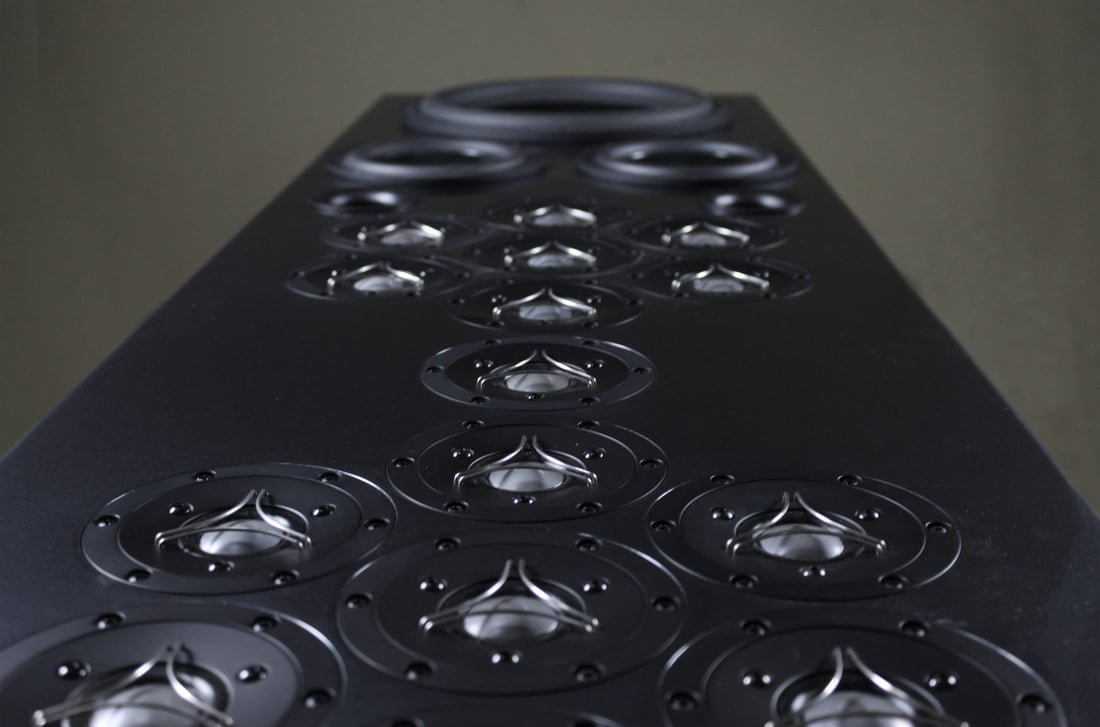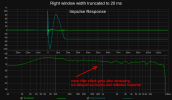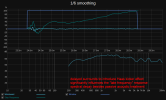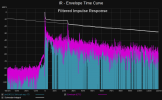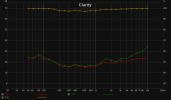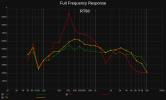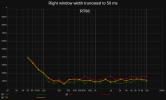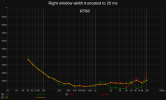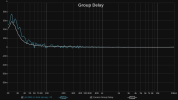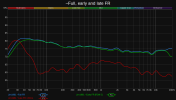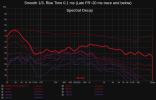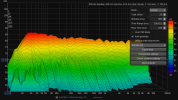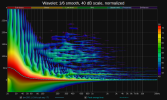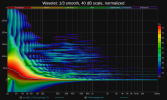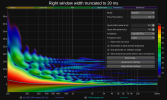I am sorry, for I know it is not exactly what you were looking for, but I found the following article from Mitchco enlightening. Knowing the ideal could you give you an idea what to strive for.
Real world, yes.
With and without correction, yes.
Reference studio or best room, no.
I see this question asked often on audio forums and there are many varying answers depending on one’s viewpoint. Viewpoints range from being able to recreate the performance, to its just entertainment folks, and everything in between. For this article, the context for what is accurate sound is th...

audiophilestyle.com
Moreover, I like the idea behind Michtco's book, since he advocates that one can get very close to a perfect room with dsp. Very high praise to Acourate, it has changed how I envision hifi and I like the idea behind the software IACC measured coefficient, which in my words, is a metric of how closely the channels are matched.
I have read a few criticism of this very idea here, but I am not proficient enough to give any insight. However, anecdotally, I have seen a correlation of high IACC score and perceived quality of reproduction.
PS Katz's graph was taken in Acourate...

